Thank you Nordic Digital for providing the camera for testing.
Shortly after I was reviewing the Fujifilm X-T10, I was send another camera from Fuji - the X-Pro2.
The Fuji has always had somewhat "elite" feel. I'm not able to completely put this into words but maybe there's a relation between the feel and the name - as the highest and most famous mountain of Japan also wears the same name - Fuji. Mount(ain) Fuji has also VERY special meaning for every Japanese, so maybe thus the approach to create a product equal for this "very special".
So even when the history of Fujifilm doesn't go back as long as it goes back with Fuji Mountain, let's take a brief look at the DNA of the X-Pro2. It's predecessor was the X-Pro1, released about 4 years ago, making a debut as a digital camera having both LCD screen and also optical viewfinder. The overall look-n-feel and design is definitely sort of a rangefinder style, and not being used a single Fujifilm rangefinder in the past, of course I had to make a quick research about which camera would suit the best to be pointed out as a "grandfather" of the digital Fuji's, the X-Pro1 and X-Pro2. I believe Fujica 690 series medium format rangefinder style cameras could be the best match (also Fujica V2 for X-T10 (silver version of)), looking something like this:
The X-Pro2 is obviously smaller than the film-era medium format bodies, BUT considerably larger than its smaller sibling X-T10. In fact the X-Pro2 feels huge compared to it, so photographers with large hands, there's real estate plenty enough to keep the camera in your hands tightly. The design of the X-Pro2 is really nice, the build quality is very high, and in the room with dim light when there's 50 years old film camera side by side with the X-Pro2, you might accidentally pick the old one - the design lines of X-Pro2 is just so conservative. Also a weird notice (could be my weird ears?) - I swear I could swear a little echo when using the physical shutter - kind of a feel that the body was empty inside :-)
Taking the camera out of the box one of the first things I ultimately noticed was the clear white "Made in Japan" printed to the body. As of 2016, how many cameras are made in Japan at all? Not too much, even some of the very high end DSLR-s are now made somewhere else in (South East) Asia. So if you like the idea your camera is actually made in Japan, here's another reason to consider the X-Pro2. The full metal body completely supports this (while plastic and carbon fiber bodies are pretty good in terms of build quality as of 2015-2016, the monolithic metal unit still feels much better). I instantly have two major thouhgts; one - I'd like to try out old 6x7 film camera (Fujica's), two - there's a risk the electronics will die far sooner than the body itself (even if the electronics will last ten or twenty years).
In addition to being larger than the X-T10 and X-T1, the X-Pro2 also offers one unique feature - a hybrid vievfinder (in addition to the large LCD at the back of the camera). So if you look at it in this way, you have a camera with three options to compose your photo, not "only" two. If you still prefer the eye-level viewfinder, you can choose whether to use EVF (similar to X-T10) or optical (so very classic way to take photos - through optical viewfinder). The EVF just slides into the body quickly and quietly, if you do not want to use it. As I'm more about what kind of photos can a camera produce (not how many viewfinders one have), I'd recommend this video - for anyone interested to learn more about how the hybrid viewfinder really works.
If the heart of the car is the engine, the heart of the (digital) camera is the sensor. Equipped with a 24mp 24x16mm sensor, it is an upgrade from the old 16mp unit both in terms of how many pixels you have, but also somewhat in terms of better image quality (less noise) and more sensitivity. As far as the lenses are capable to outperform the smaller pixels, more megapixels are often very welcome. Fujinon (prime) lenses are know to be one of the very best, and the two primes I this time had with the body (50/1.4 and 60/2.4) didn't disappoint. As with who was the manufacturer of the sensors it is still not very clear, but most potentially it is produced by Sony as usual.
Even when the marketing departments just love to sell you the cameras via how good it is in low light - I almost never find myself shooting in dim conditions! But always in excellent, good or good-moderate conditions. So with that said I don't know how the sensor performs in poor light, but if you really care, there are again several examples out there. Fuji says the sensor is "better", but I have not met a single camera with "worse" sensor than its predecessors (even when the sensor is worse in some points of how you can measure image quality, i.e. noise levels).
The X-Pro2 works great. It is well equipped (only 4k video is missing), has fast autofocus, super sharp LCD-screen, lovely classic looks - so everything you need to take great photos, plus a big thumbs up from any Japanese person who passes you in the streets. If you want to use continuous shooting, it is 8 frames per second. If you want you can fine tune the way the camera creates JPG files, and if you want you can shoot raw and spend more time afterwards in front of your computer than you'd every dream. If you open a public photography market website with hundreds and thousands of Nikons and Canons listed and you type "Fuji" in the search field, you get zero results so you know you are shooting with a VERY special and unique and rare camera instantly making you forget the bankrupt day the day you purchased your Fuji body and all the awesome primes.
So what would be the final word? X-Pro2 is still not by far my dream camera (even though the Fuji lenses are), however its ergonomics is much better than with the mediocre X-T10. People get used to everything though, so in a couple of days (weeks?.. Months?..) you may get used to even Fuji. In general it seems the Fuji is playing their own game; which at the end seems to be the right one - no matter how "the others" (I mean traditional DSLR users) complain, they still make the cameras as they want (not how the users want), with the price tags they want. We still buy it and finally are very happy. Because it is Fuji - something very elite, specific, rare and mysterious. And we can screw the best lenses in the world to these weird tricky creatures.
As always - do your research before buying a certain camera. Here's one link in addition - though written with some humour, otherwise a great great article about the experience of using X-Pro2. Also if you have never tried Fuji's before or have just been using traditional DSLR-s - I urge you, it is worth try, just for the sake of the different experience.
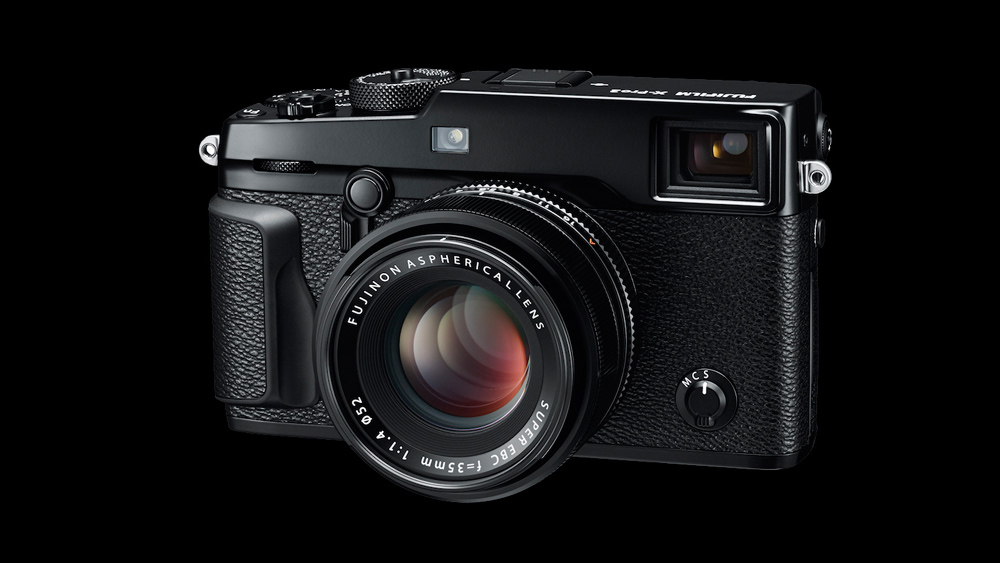
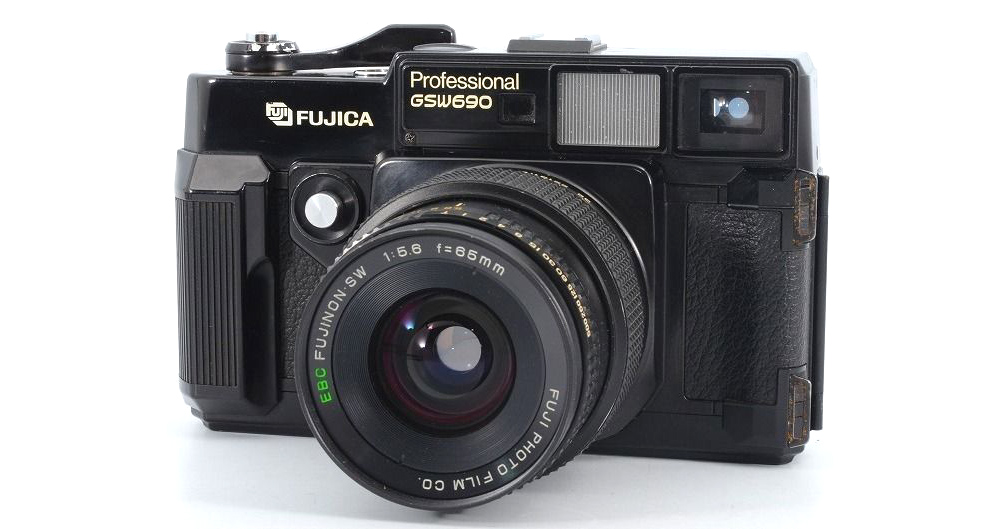





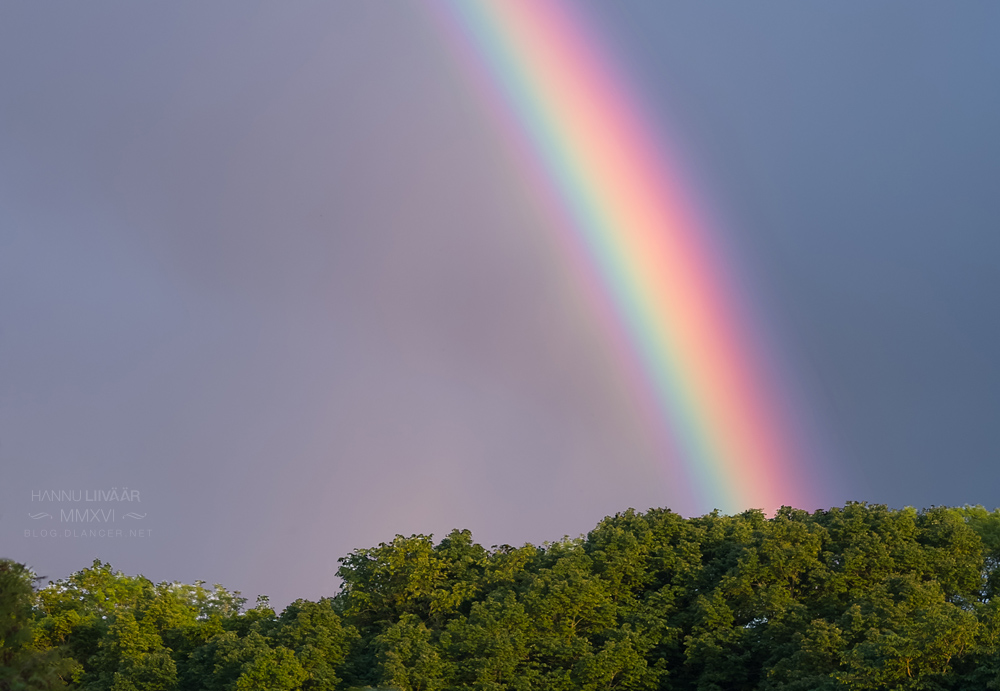
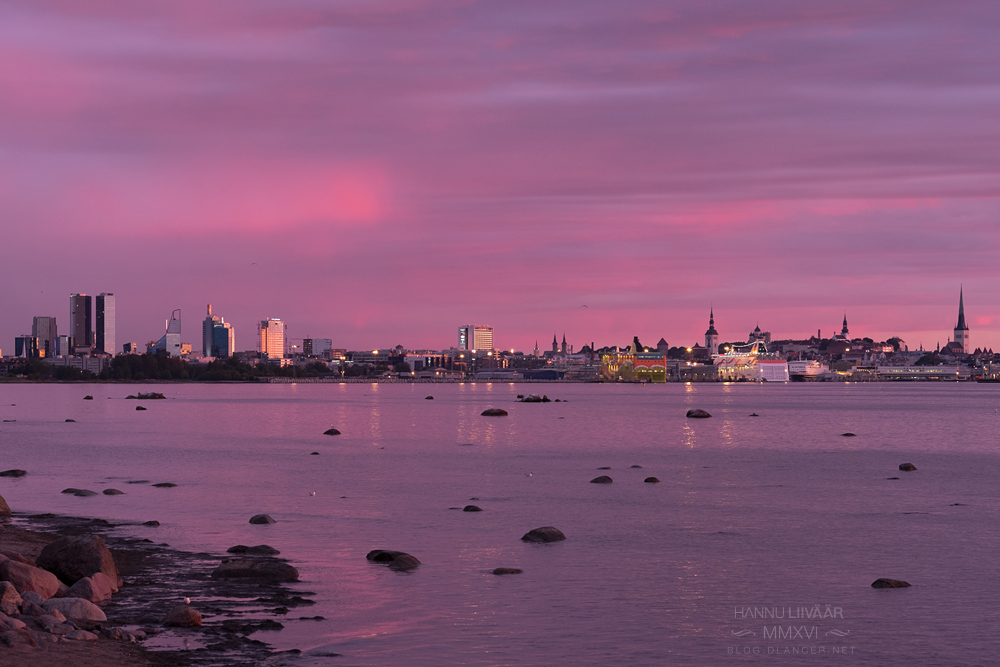
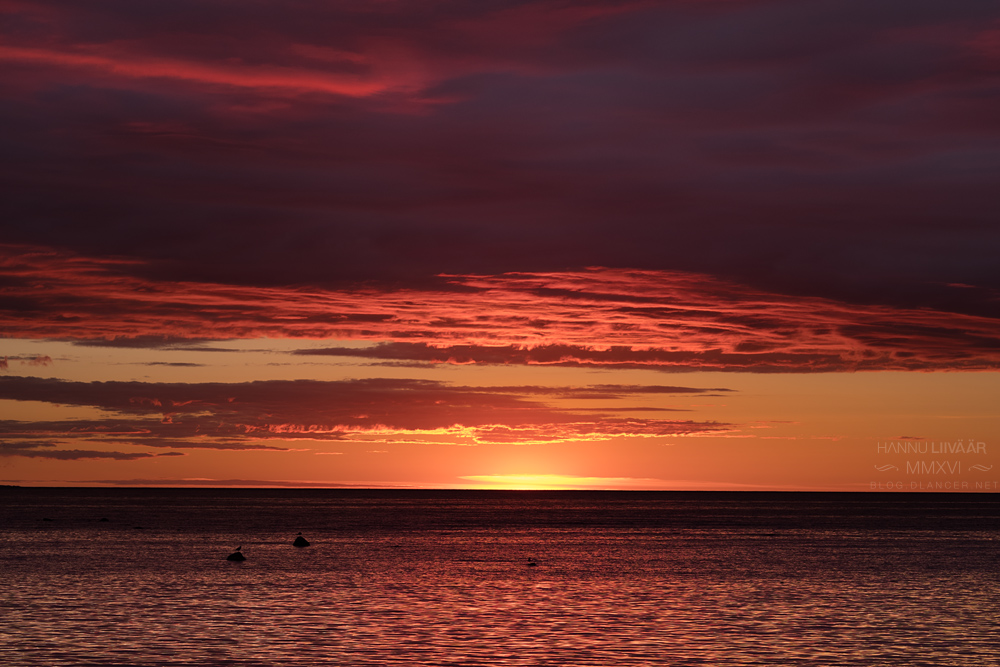

No comments:
Post a Comment